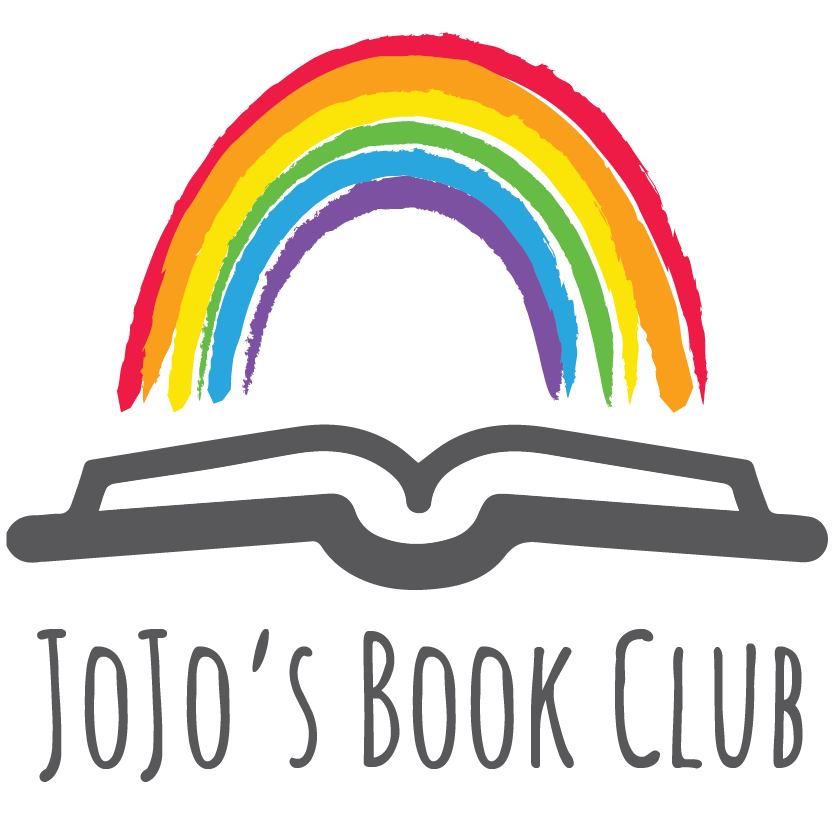Families, Families, Families!
“If you love each other, then you’re family.”
“Families, Families, Families!” by Suzanne Lang is a celebration of families of all shapes and sizes. No matter your family size or makeup – if you love each other, you are a family! Moms, dads, sisters, brothers — and even Great Aunt Sue — appear in dozens of combinations, demonstrating all kinds of families! Animal families are cleverly depicted in framed portraits and offer a warm celebration of family love.
For many Americans, the fall and winter seasons bring about more time spent with family. This year, that looks quite a bit different because of the pandemic. Families are not (or at least should not) be traveling to see extended family, and we are spending more time with people in our households or with people we have chosen to be in our family “pod.”
This is a great time to talk about the question, “What makes a family, anyway?” We recognize that we are born into or adopted into families, but as our lives progress, our families change based on who we choose to be in that family. In a perfect world, our families would be connected by the fact that each of us actively and unconditionally loves one another fully for who you each are. The stories we tell our children should reflect that.
Recently, I had to explain my family history to my sons, who are just starting to understand that in some families parents get divorced and that sometimes family members have unhealthy relationships and do not remain connected.
My family story is interesting enough that I had to draw a diagram to explain it. I didn’t shy away from talking about the toxic members of my family and why I choose not to interact with them. It was uncomfortable for me, at first, especially because I work so hard to show them that family is about love and fulfilling relationships. However, I’m hopeful that having these conversations now will give them the strength to choose loving families for themselves.
Unfortunately, this book has been labeled by many as a book about “nontraditional” families. We don’t love the term “nontraditional” family because of the reinforcement of the problematic assumption and perpetuation of a “traditional family.” Maybe it wouldn’t be so difficult to explain my own family history if we didn’t have this narrative of normal families.
When discussing families in an inclusive matter, we think it’s time to just call families, families. Hopefully, with education and representation, the term family will represent so many kinds of families the term “nontraditional” won’t be necessary to find stories about families that look like ours. We can hope.
For Teachers: Pair an image of your family or a class photograph, as we are all essentially a learning family. Invite students to bring in an image of their family to create a display featuring this book and the many diverse families in the school community. You could also read “Our Class is a Family” by Shannon Olsen to expand the understanding of what it means to be family.
Some Things to Think About…
Discussion questions:
What is family to you?
What do you do with your family? Games, family walks, pranking, TikTok?
How do you remain connected with family during the pandemic?
In the story, the families are represented by animals, not people. What do you think about that?
Activity idea:
Watch the PBS documentary “Family of Us: PBS American Portrait https://www.pbs.org/video/family-of-us-a-pbs-american-portrait-story-u8sedh/
Create your own video about who is in your family and what makes yours special.

